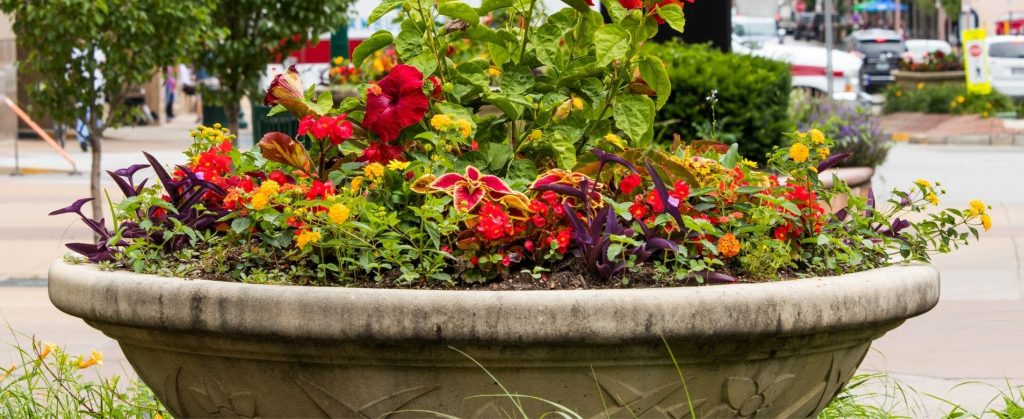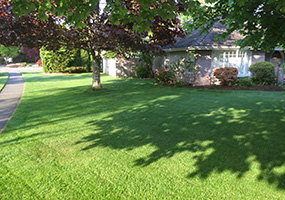
Trees and shrubs are the most noticeable pieces of your lawn and landscape. Proper pruning goes a long way towards maintaining and improving the appearance and health of these prominent elements. Although the ideal timing for pruning may not be very intuitive, it makes a big difference when it comes to the long-term health of your trees and shrubs.
Your gut instinct may tell you that springtime (when new growth is beginning), and fall (as plants are heading towards dormancy) would be the best times to prune. However, the ideal time for pruning varies from plant to plant, and it is important to know what to prune when.
For flowering trees, the best timing depends on when they bloom. Trees and shrubs that bloom late in the season can be pruned early in the spring. Early bloomers, on the other hand, should not be pruned until after they have bloomed for the year. These trees and shrubs develop buds for the following year during the fall. Pruning them in early spring destroys that season’s blooms (and no one wants to do that!).
For non-flowering trees, the best time to prune is the middle of winter to very early spring. While fall seems like a good time to prune, avoid the temptation to make pruning part of your fall cleanup. In the fall, trees are still shutting down. It can be confusing and stressful if pruning is done during this transitional period. Once the tree is totally dormant or getting ready to grow again, it will be better equipped to heal wounds from pruning.
Pruning is a great way to shape trees and shrubs, remove diseased or dying branches, and to concentrate new growth. To get the most from pruning efforts, timing is everything.



